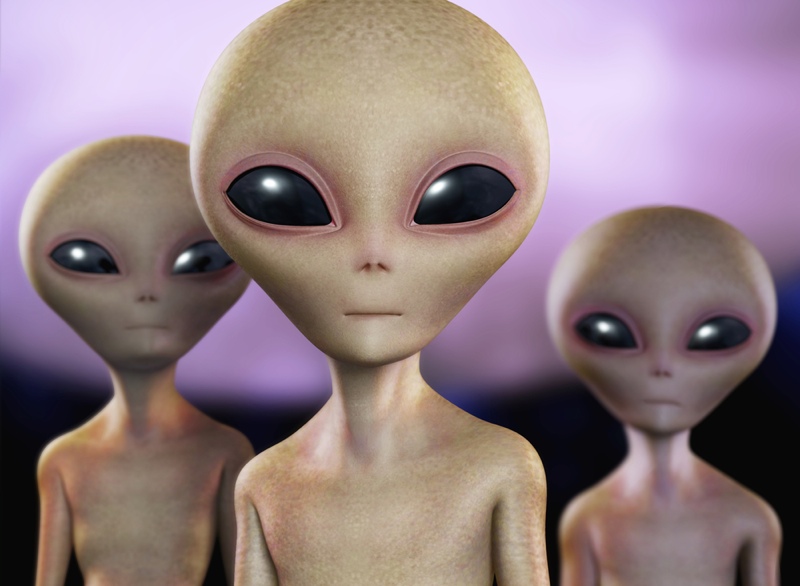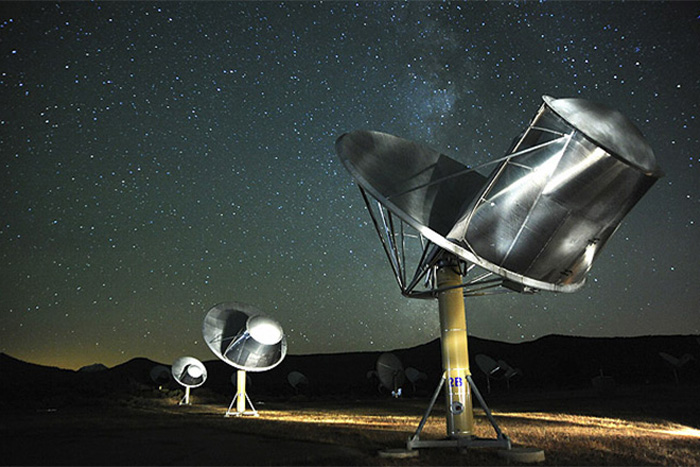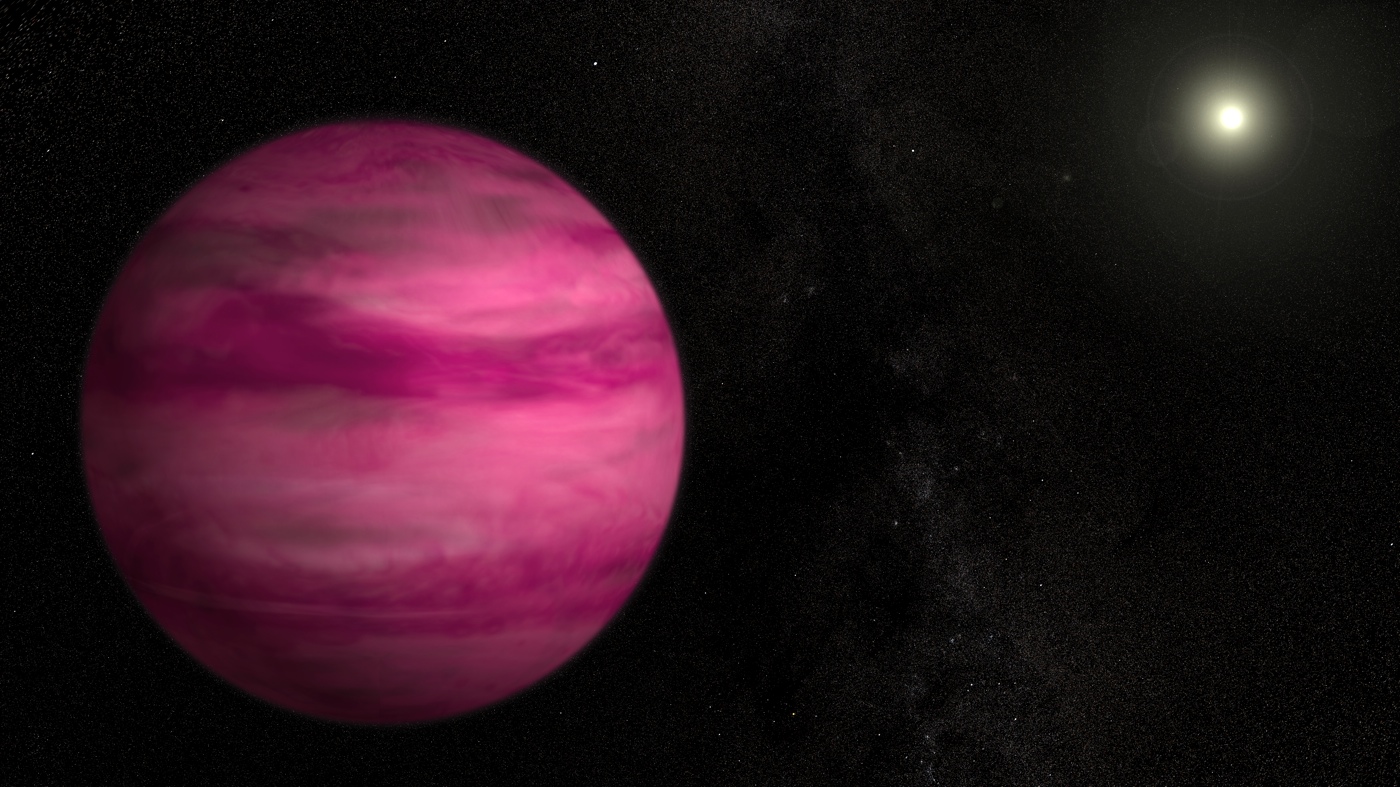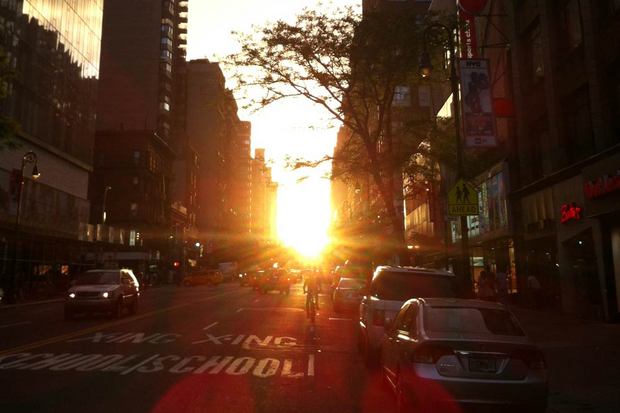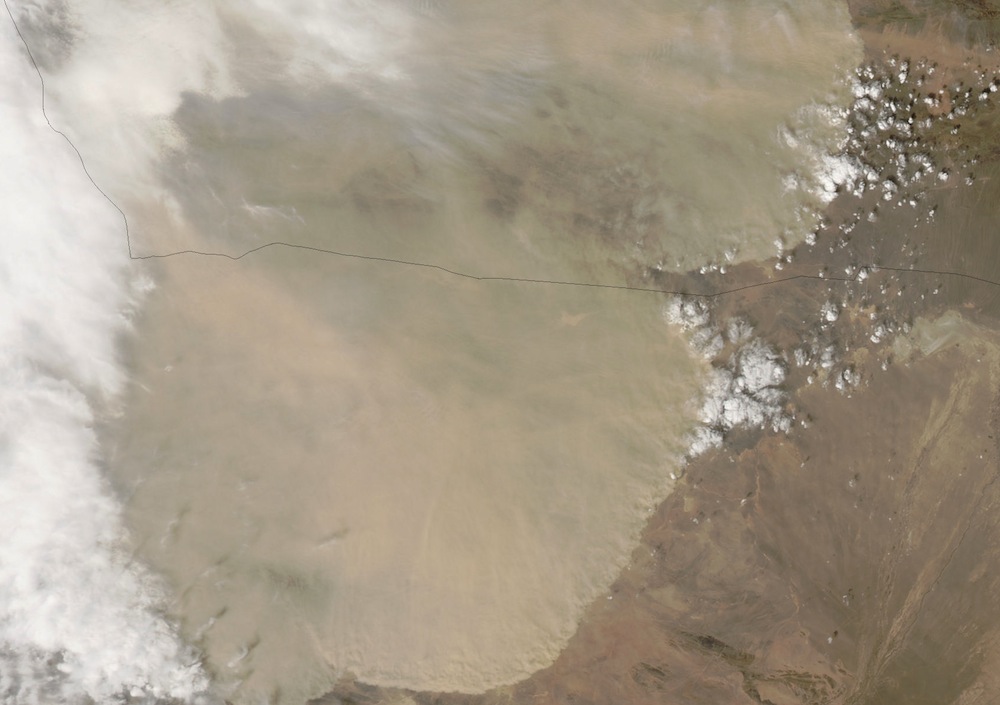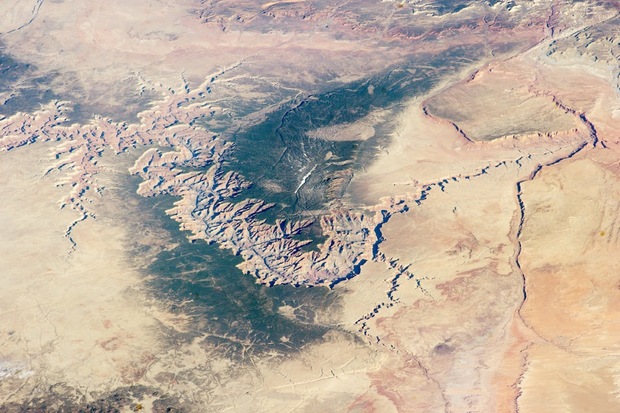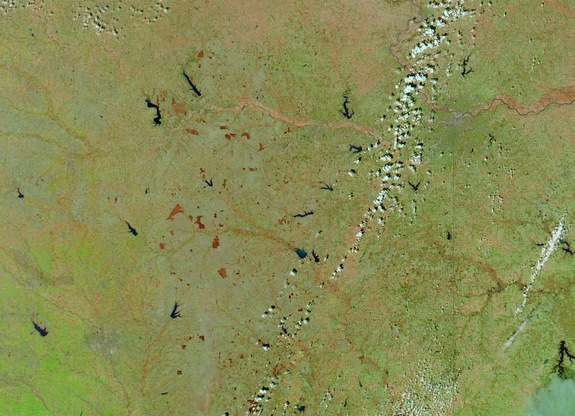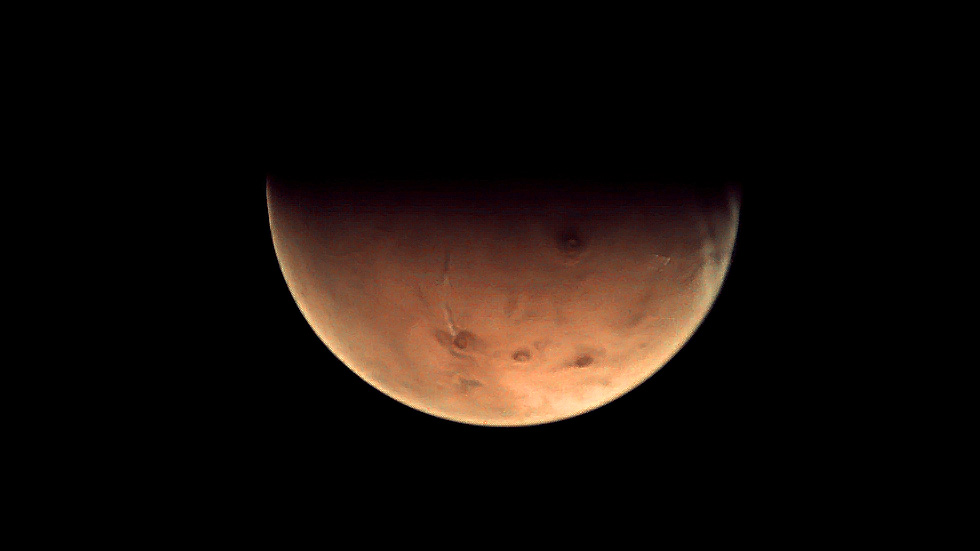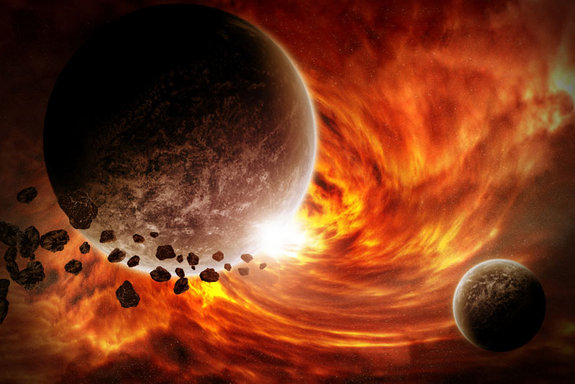
Stephanie Pappas
Stephanie Pappas is a contributing writer for Space.com sister site Live Science, covering topics ranging from geoscience to archaeology to the human brain and behavior. She was previously a senior writer for Live Science but is now a freelancer based in Denver, Colorado, and regularly contributes to Scientific American and The Monitor, the monthly magazine of the American Psychological Association. Stephanie received a bachelor's degree in psychology from the University of South Carolina and a graduate certificate in science communication from the University of California, Santa Cruz.
Latest articles by Stephanie Pappas
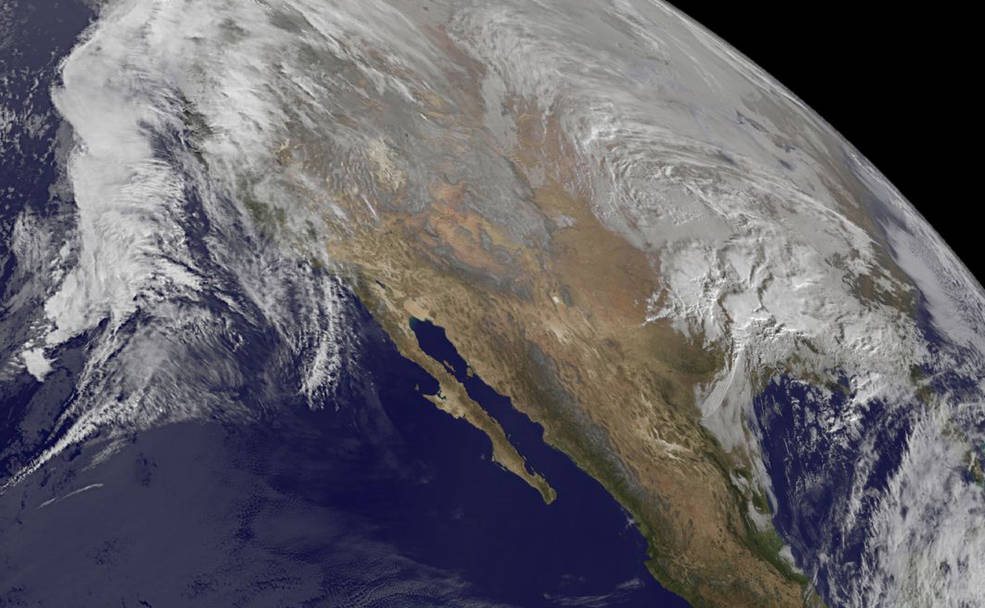
NASA Sees Massive Winter Storm Moving East
By Stephanie Pappas published
A satellite image shows a developing winter storm moving east toward the mid-Atlantic states.
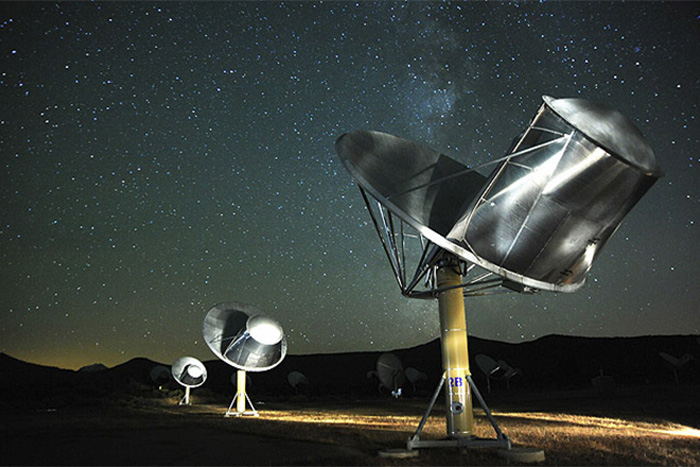
Eavesdropping on Aliens: Why Edward Snowden Got E.T. Wrong
By Stephanie Pappas published
Encryption isn't the reason we're missing alien signals, as Edward Snowden has suggested. Scientists searching for alien life are looking for other hallmarks of communication.
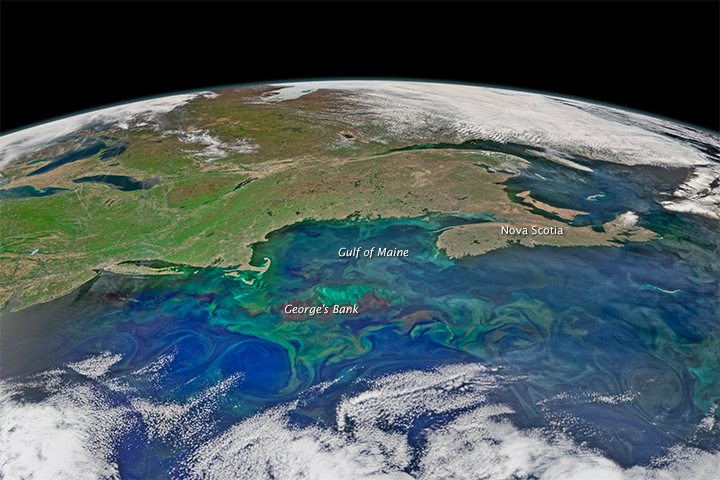
Spring Colors Swirl in Picturesque North Atlantic
By Stephanie Pappas published
A new NASA image hints at the complex factors that encourage giant plankton blooms in the North Atlantic.
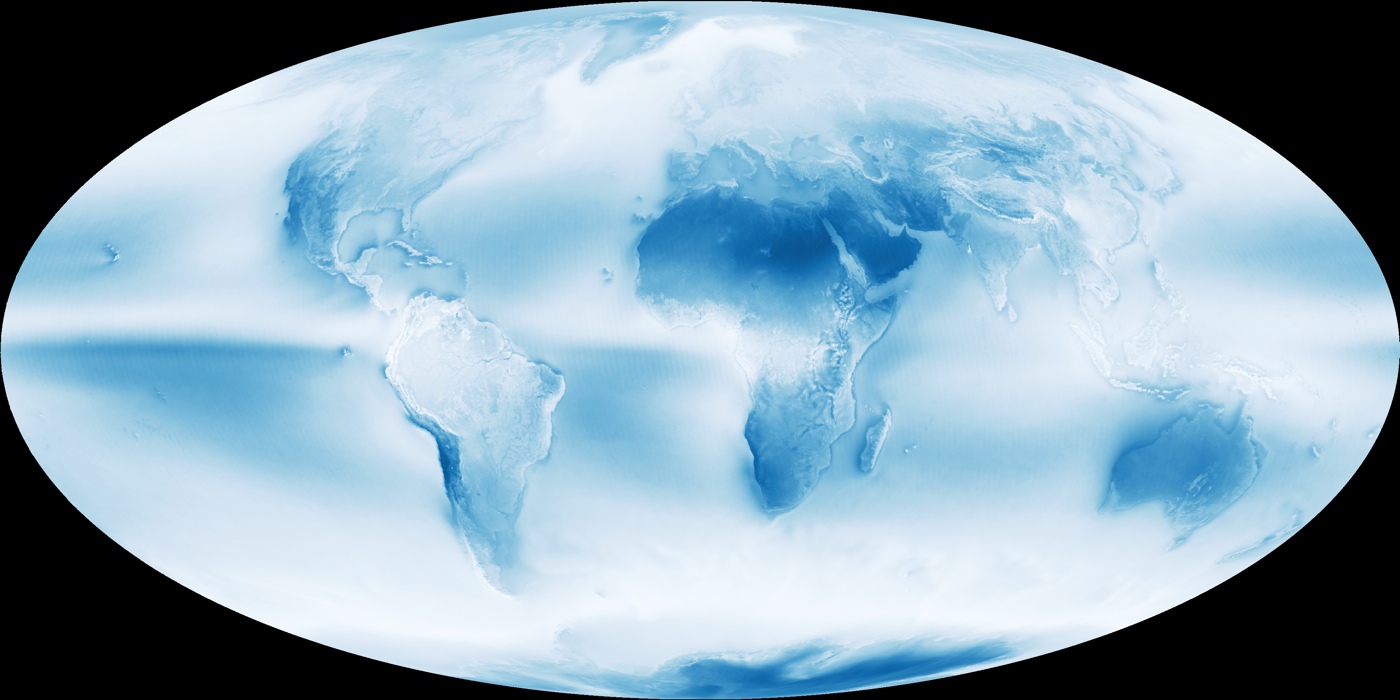
Cloudiest Places on Earth Revealed in Stunning New Image
By Stephanie Pappas published
A new NASA image, captured by MODIS on the Aqua satellite, reveals clouds cover two-thirds of Earth, with some zones supporting more clouds than others on the planet.
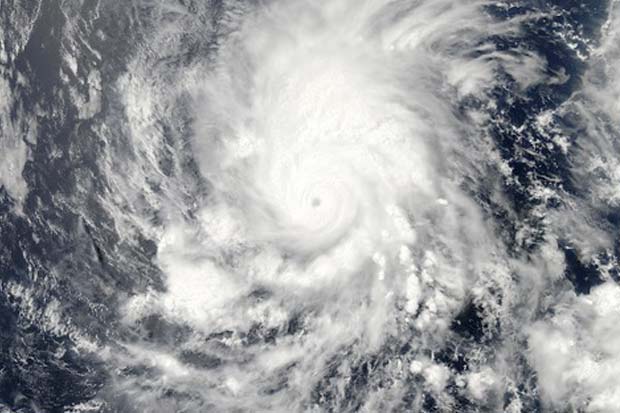
Amanda: First Hurricane of 2014 Seen from Space (Photo)
By Stephanie Pappas published
Hurricane Amanda (now downgraded to a tropical storm) is seen at is strongest in the Eastern Pacific. The storm is the first of the Eastern Pacific 2014 hurricane season, which began on May 15.
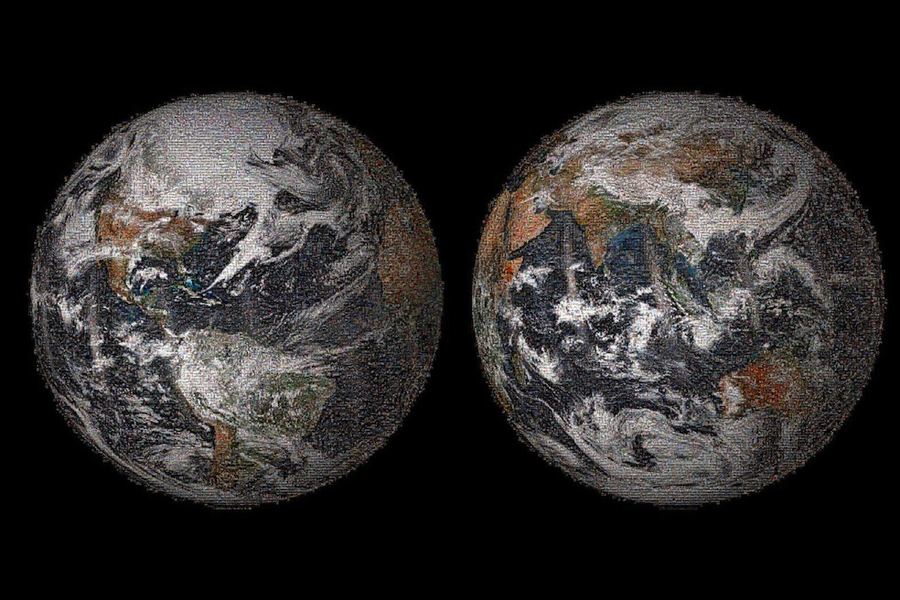
NASA Reveals 1st Global Selfie (Photo)
By Stephanie Pappas published
NASA's Earth Day Global Selfie is a mosaic view of the planet made up of more than 30,000 photos uploaded on social media. The mosaic shows the Earth as it looked on April 22, 2014.
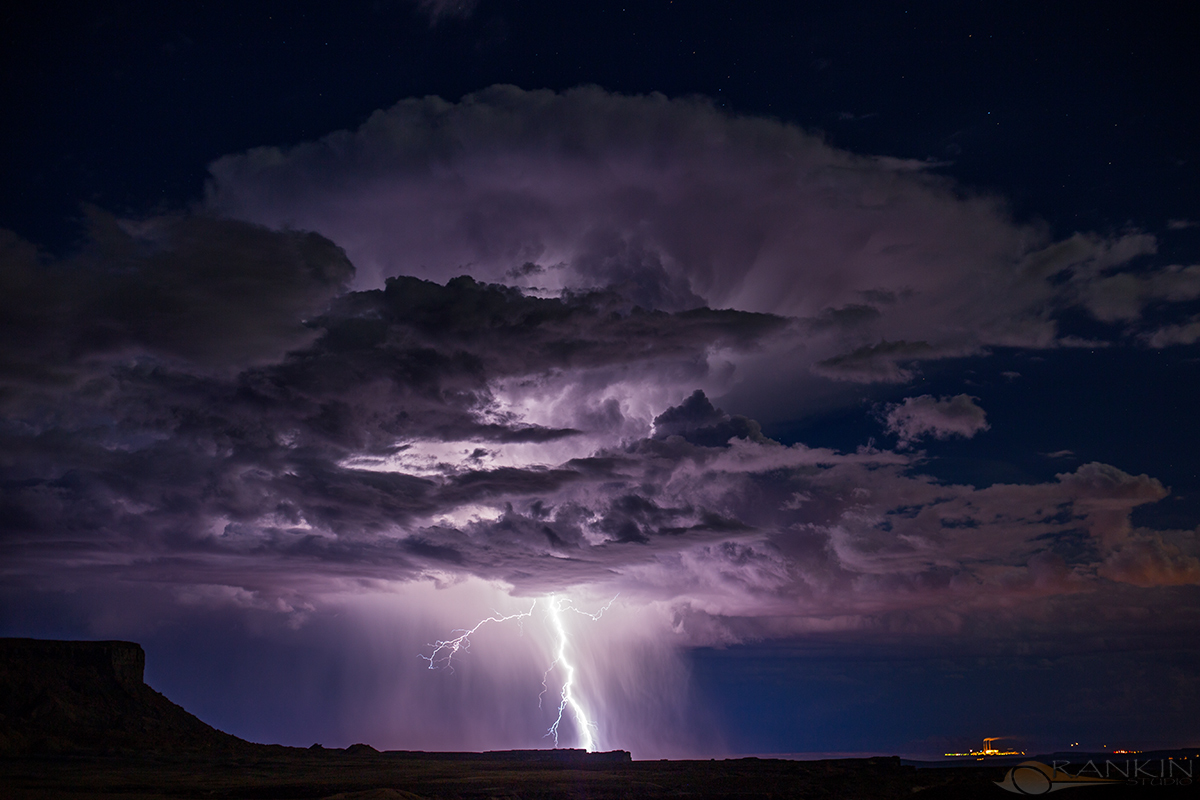
Solar Winds Linked to Increased Lightning Strikes
By Stephanie Pappas published
A new study finds in an increase in lightning strikes after large solar winds. The findings suggest that particles from the sun may interact with the atmosphere to make lightning more likely.
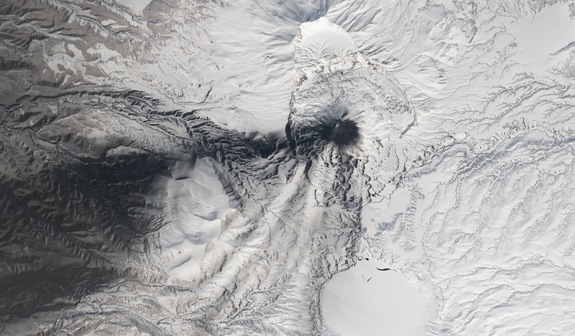
5 Erupting Volcanoes Seen from Space (Photo)
By Stephanie Pappas published
Five volcanoes on the Kamchatka Peninsula are seen erupting from space on one satellite pass by Landsat 8.
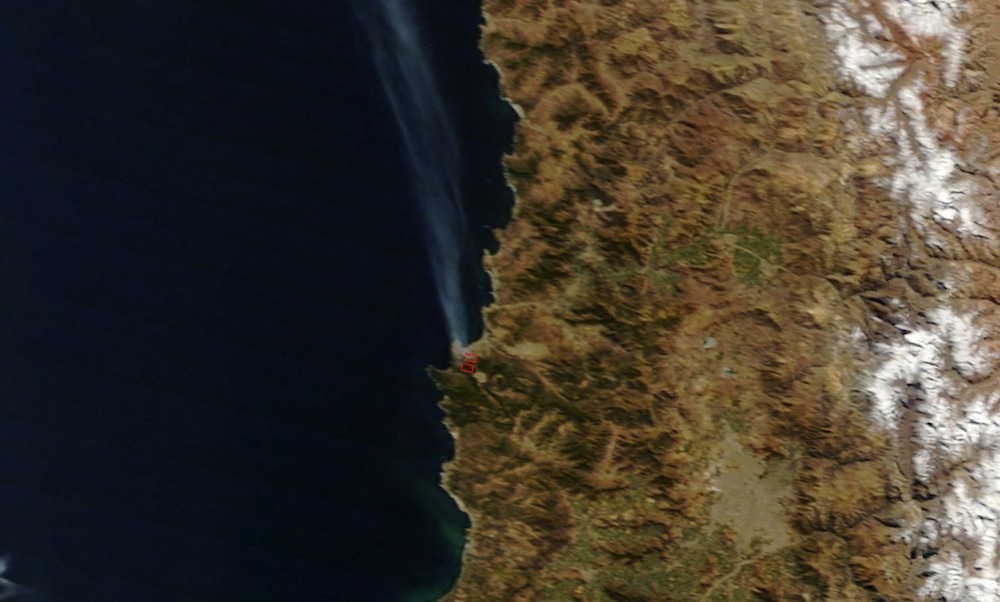
Chilean Port City Fire Seen from Space (Photo)
By Stephanie Pappas published
A fire ravaging the scenic city of Valparaiso, Chile, is visible from satellite on April 13, 2014. So far, 15 people have died in the fire, and thousands of homes have been destroyed.

Satellite Pings Deepen Lost Malaysian Airliner Mystery
By Stephanie Pappas published
Malaysia Airlines flight MH370 has been missing for more than a week, and new satellite evidence suggests that it flew far off course for many hours after cutting off communication with the ground.
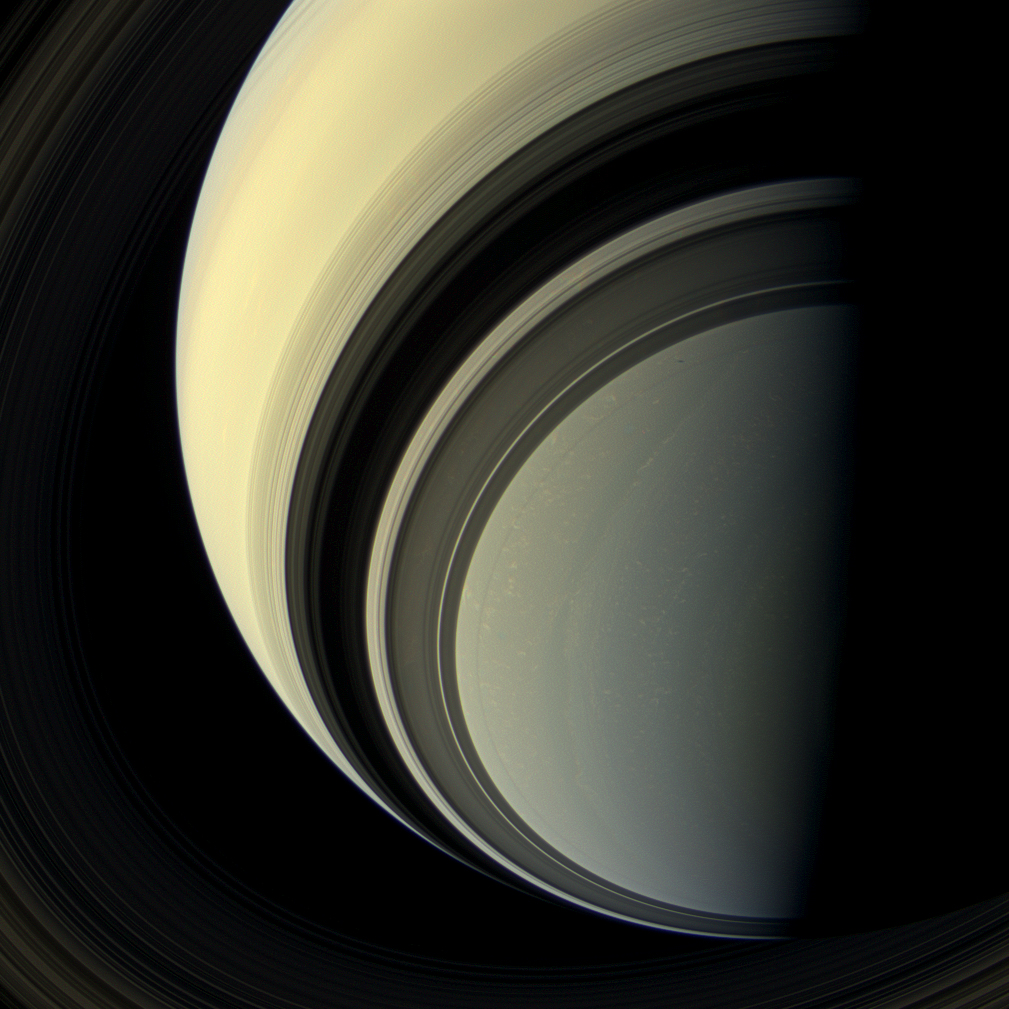
Jaw-Dropping Views of Saturn Cap 2013 for NASA's Cassini Spacecraft (Photos)
By Stephanie Pappas published
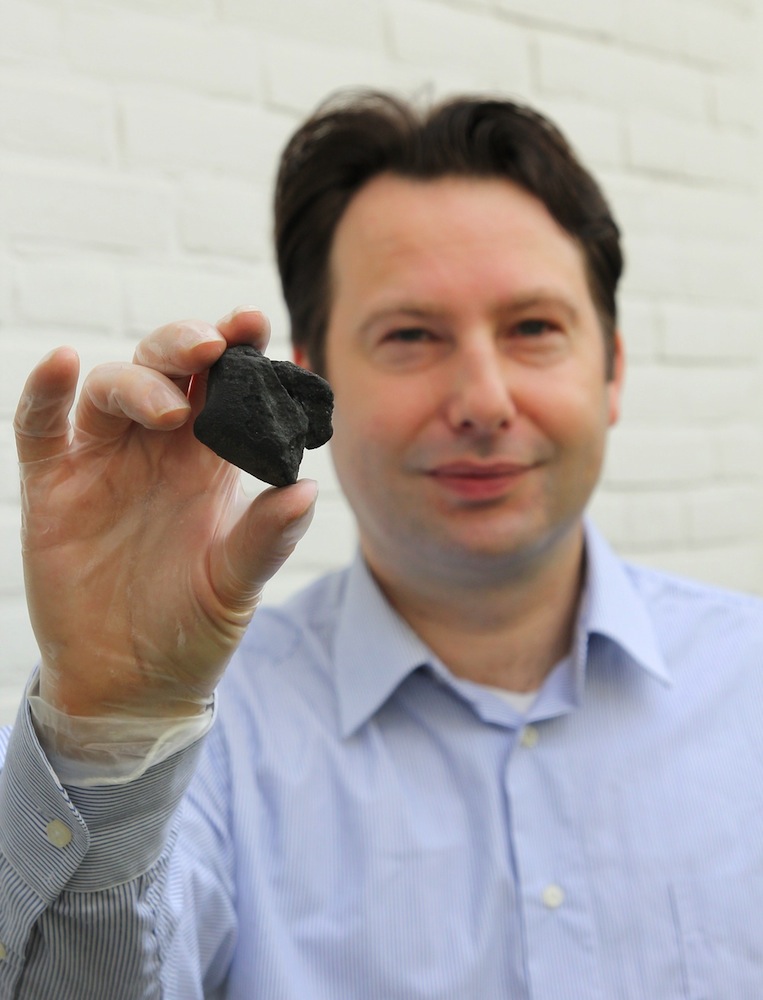
Dutch Rock Is Long-Lost Meteorite
By Stephanie Pappas published
A private collection held a long-lost rock that turned out to be a meteorite that fell over the Netherlands in 1873. The meteorite is of a particularly rare, primitive type.
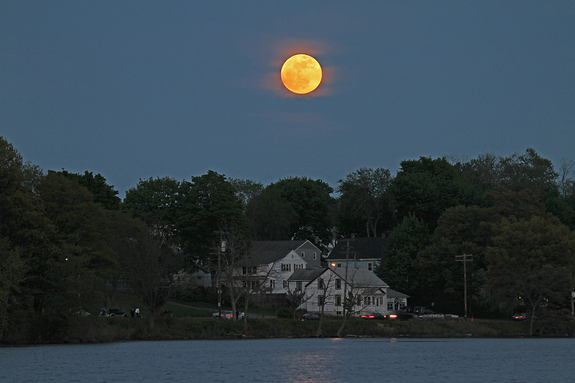
Sunday's Supermoon Won't Drive You Mad
By Stephanie Pappas published
But it may brighten up your night sky views.
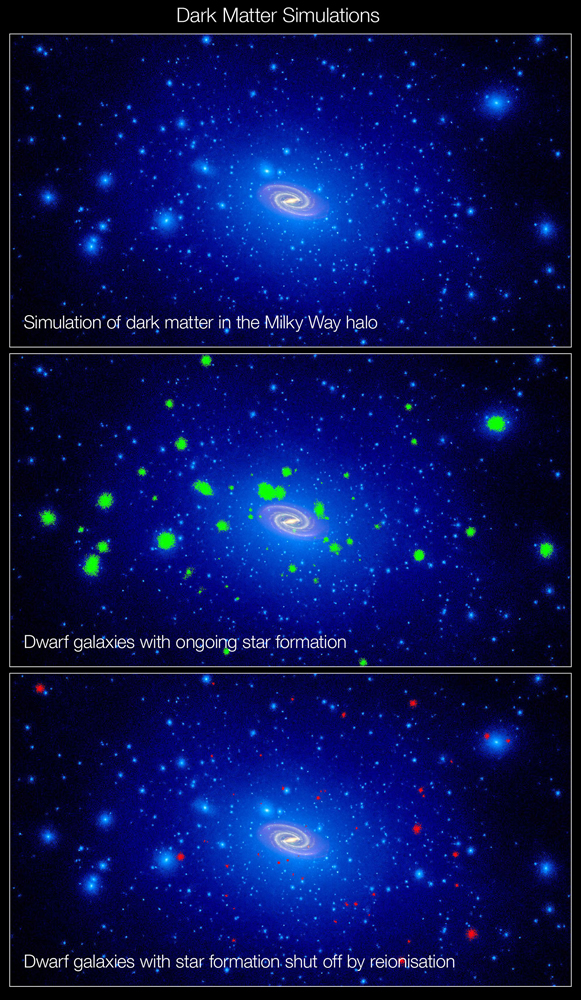
Hints of Dark Matter Possibly Seen
By Stephanie Pappas published
Physicists have a new place to zero in the search for dark matter.
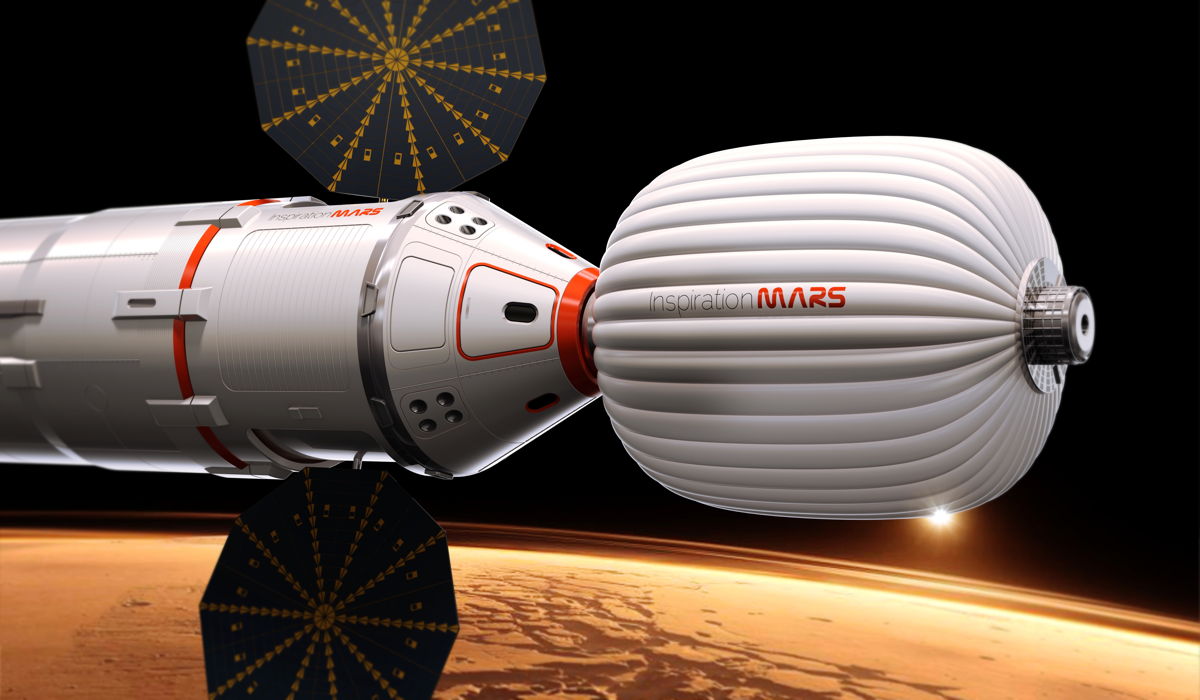
First Manned Mars Mission Draws Flood of Applicants
By Stephanie Pappas published
Despite dangers, plenty of people want to fly by Mars.
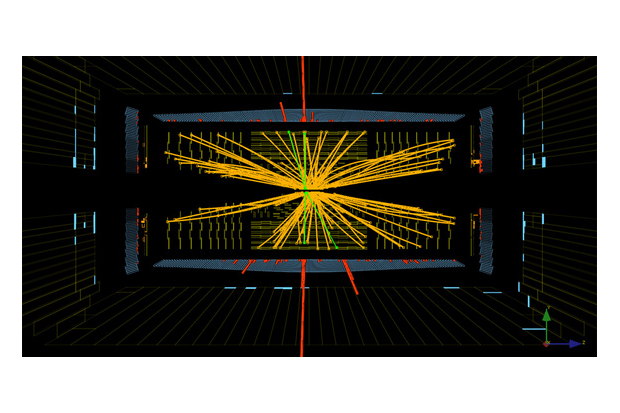
A Second Higgs Boson? Physicists Debate New Particle
By Stephanie Pappas published
Physicists remain uncertain whether the Higgs boson they've discovered behaves as expected.
Get the Space.com Newsletter
Breaking space news, the latest updates on rocket launches, skywatching events and more!
